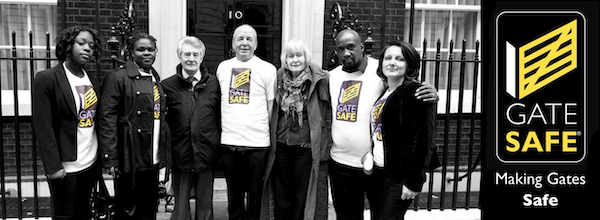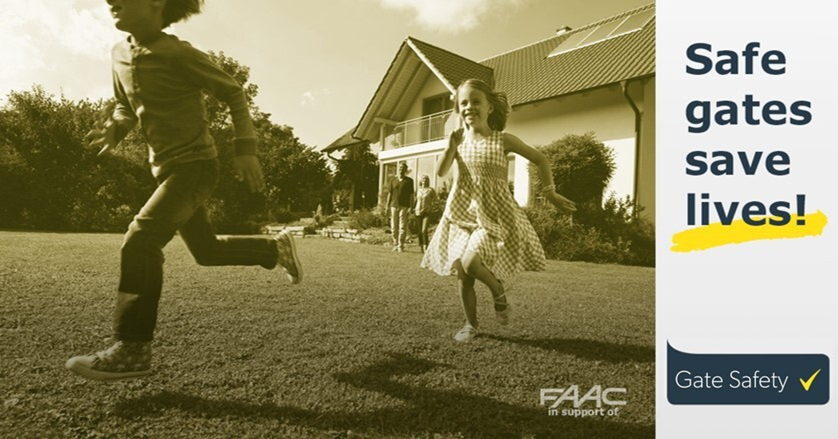Introduction to Gate Safety and Legislation in the UK
The safety of automated gates has evolved significantly over the years, with changes driven by technology, tragic accidents, and the need for better regulation. In the UK, a series of events and legislative changes have shaped the current standards for gate safety. This article explores the key moments in the history of gate safety, highlighting the evolution of laws, the role of safety organisations, and the ongoing commitment to protecting the public.
Early Gate Installations
When automatic gates were first introduced in the UK, there were minimal safety standards. Early systems were often designed with convenience and security in mind, but safety considerations lagged behind. Gates operated with minimal safety features, and the risk of accidents was largely underestimated. This lack of regulation and oversight resulted in several tragic incidents.
Safety organisations
Established in 1897, DHF (Door & Hardware Federation)
The DHF has become instrumental in driving safety improvements. They developed clear guidelines and training for installers, ensuring that gate systems meet proper safety standards. Their influence continues to play a crucial role in regulating the industry.
Key Events Driving Current Safety Legislation
Tragic Accidents (2006–2010): A turning point in gate safety came after a series of fatal accidents, particularly the tragic deaths of two young children in 2010. Six-year-old Semelia Campbell and five-year-old Karolina Golabek were both crushed by automatic gates. These incidents highlighted the dangers posed by inadequately installed or maintained gates, sparking public outcry and the demand for stricter safety measures.
Gate Safe (2010):

In response to growing concerns about automatic gate safety, Gate Safe was founded. Founded after the deaths of Semelia Campbell and Karolina Golabek, Gate Safe was created to improve safety standards and raise awareness of the potential hazards of poorly installed gates. It promotes best practices, offering training for installers and guidance to ensure gates are as safe as possible.
Introduction of European Standards (2010–2013): European Union directives, such as the Machinery Directive (2006/42/EC), established legal requirements for the safety of powered gates across Europe, including the UK. This directive set out essential health and safety requirements, particularly for gate automation systems. In 2013, the EN 12453 standard was updated, specifically addressing the safety of motorised gates and barriers, setting out the requirements for reducing the risk of crushing, shearing, and impact.
Legal Responsibilities for Installers: Following these changes, it became clear that gate installers had a legal obligation to ensure the safety of their installations. The Health and Safety Executive (HSE) emphasised that gates are classified as machinery and must comply with both the Supply of Machinery (Safety) Regulations 2008 and Workplace (Health, Safety and Welfare) Regulations 1992. Installers are responsible for risk assessments, maintenance, and ensuring gates are compliant with the latest standards.
The Role of Safety Testing
A significant advancement in gate safety has been the requirement for force testing. Devices like the BlueForce Smart Force Tester were introduced to measure the force exerted by gates and ensure they comply with the legal limits. Regular testing and maintenance have become critical to reducing the risk of accidents.
Ongoing Developments
Even after the introduction of stricter regulations, gate safety remains an evolving field. The continuous development of technology, such as improved sensor systems, pressure edges, and failsafe devices, contributes to making automatic gates safer.
Conclusion
The history of gate safety and legislation in the UK is one shaped by tragedy, but it has led to meaningful change and a commitment to safer installations. Today, installers, manufacturers, and regulators work together to ensure automatic gates are designed, installed, and maintained with safety as the highest priority. By adhering to established standards and continuously improving practices, the industry aims to prevent future accidents and provide peace of mind to users.
